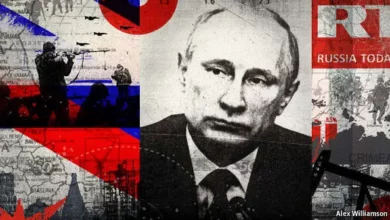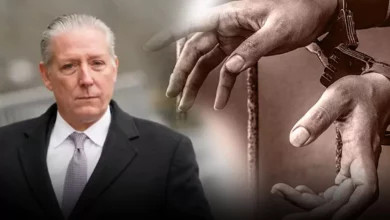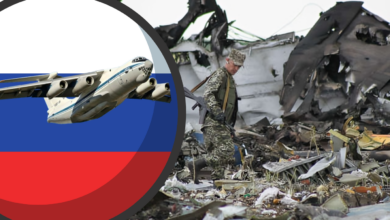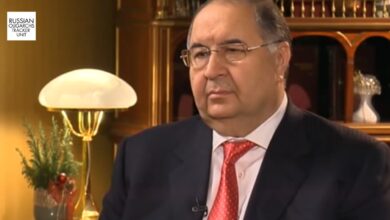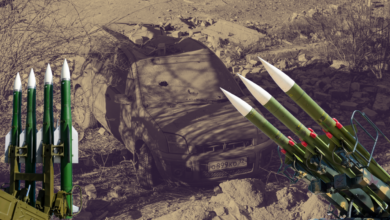Roman Abramovich Went to Moscow For Prisoner Exchange involving Navalny 2024
The involvement of Roman Abramovich in discussions surrounding a potential prisoner exchange involving Alexey Navalny sheds light on the intricate diplomatic efforts aimed at securing the release of the prominent Russian opposition leader. Abramovich’s direct engagement in the process, despite being sanctioned in the West and residing primarily in the United Arab Emirates, underscores the complexity and sensitivity of the negotiations.
Prisoner Exchange involving Navalny
The multi-country exchange, which reportedly involved as many as seven individuals, gained momentum in recent months, coinciding with Abramovich’s visit to Moscow. His role in facilitating discussions with both Russian officials and US representatives suggests a willingness to leverage his connections and influence to advance diplomatic initiatives.
Additionally, the involvement of former US Secretary of State Hillary Clinton highlights the international scope of the efforts to secure Navalny’s release. Clinton’s support for early initiatives aimed at freeing Navalny underscores the bipartisan nature of concerns regarding human rights and political freedoms in Russia.
While the exact details of the proposed prisoner exchange and Navalny’s potential freedom remain unclear, the involvement of influential figures like Abramovich and Clinton suggests a concerted and high-level diplomatic effort to address the ongoing repression of dissent in Russia.
The reported involvement of Roman Abramovich in exploring a potential prisoner exchange involving Alexey Navalny highlights the complexity and intrigue surrounding diplomatic efforts in Russia. While details remain speculative and unverified, the indications suggest a high-stakes negotiation process involving influential individuals and multiple parties.
Abramovich’s purported role as an intermediary between Navalny’s team and both Russian and Western officials underscores his willingness to leverage his connections and influence to facilitate diplomatic solutions. His reported delivery of a proposal to swap Navalny to the Kremlin, as described by Maria Pevchikh, a key aide to Navalny, suggests a direct engagement in the negotiation process.
However, the news of Navalny’s death, announced by prison authorities on February 16, came as a shock to those involved in the exchange discussions, including Abramovich. The timing of Navalny’s death and the purported meetings between Abramovich and Kremlin officials raise questions about the circumstances surrounding the negotiations and the potential impact on future diplomatic efforts.
Amid conflicting reports and unverified claims, the true extent of Abramovich’s involvement and the details of the proposed prisoner exchange remain uncertain. Nevertheless, the reported engagement of influential figures like Abramovich underscores the complexity and sensitivity of diplomatic efforts aimed at addressing human rights concerns in Russia.
The response from Kremlin spokesman Dmitry Peskov and the comments from a Western diplomat provide additional insight into the complexity and status of the proposed prisoner swap involving Alexey Navalny. Peskov’s evasion of questions regarding Abramovich’s involvement suggests a reluctance on the Kremlin’s part to publicly acknowledge or discuss the negotiations.
The diplomat’s assessment of the prospects of the swap reaching a level of seven or eight out of ten indicates significant progress in the negotiation process prior to Navalny’s death. This suggests that there was a genuine effort from multiple parties involved to explore the possibility of a prisoner exchange.
However, despite the progress made, the sources emphasize that the proposal was still in an informal stage and that a deal did not appear imminent. This highlights the intricacies and challenges inherent in negotiating such exchanges, which often require careful navigation of political sensitivities and diplomatic considerations.
The remark about the offer being made only once it’s been accepted informally underscores the nuanced nature of diplomatic negotiations, where proposals are often floated and discussed behind the scenes before formal agreements can be reached.
The detailed account provides a glimpse into the intricate negotiations and complex dynamics involved in attempting to secure the release of Alexey Navalny through a prisoner exchange. Here are some key points from the narrative:
- Initial Proposal: Hillary Clinton, approached by Christo Grozev at the Aspen Ideas Festival, expressed interest in exploring the possibility of exchanging Navalny for a Russian linked to the FSB convicted of murder in Berlin. The proposal also included Russian arms dealer Viktor Bout.
- US Involvement: Clinton conveyed the proposal to US National Security Adviser Jake Sullivan, initiating discussions within the Biden administration.
- Expanded Proposal: The proposed deal expanded to include the possible release of other individuals, including Wall Street Journal reporter Evan Gershkovich and American prisoner Paul Whelan, in addition to Navalny.
- Triangular Arrangement: The negotiation evolved into a complex triangular arrangement involving Russia, Germany, and the US. The Germans were willing to exchange the Russian convicted of murder in Berlin for Navalny but refused a proposed exchange involving a German-Russian dual citizen held in Russia.
- Challenges: One of the greatest challenges was getting the message to Putin, with individuals involved expressing reluctance or hesitation at higher levels. Abramovich reportedly played a role in delivering the informal proposal to the Kremlin.
- Outcome: Despite efforts to negotiate a prisoner exchange, the process did not move swiftly enough to save Navalny. His aides maintain that Putin ordered his killing, a claim denied by the Kremlin.




